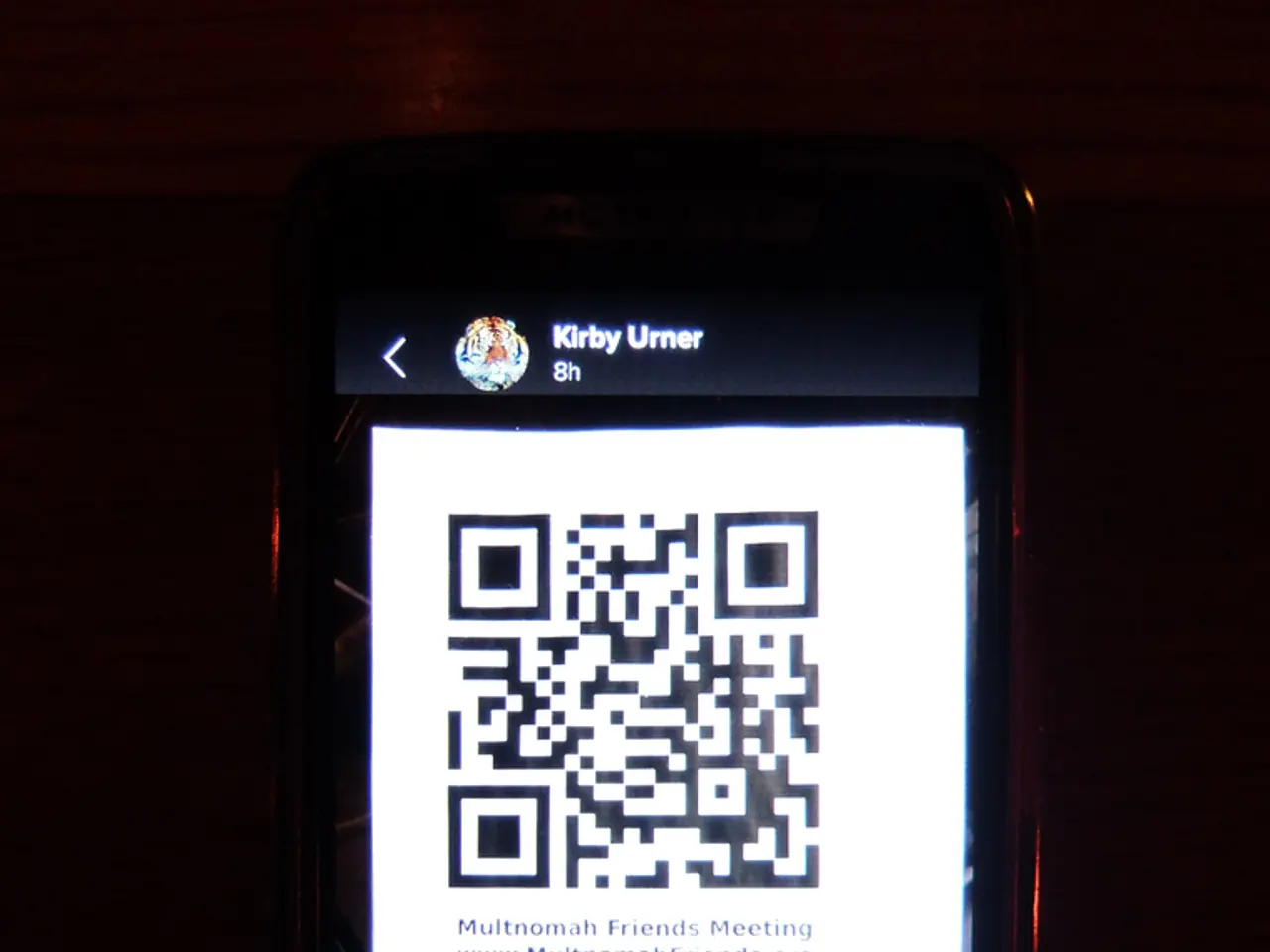Managing Exceptions in Java Database Connectivity (JDBC)
Java's JDBC (Java Database Connectivity) API allows developers to interact seamlessly with various databases. However, handling exceptions in JDBC can be crucial to ensure robust and maintainable applications. Here are some best practices for managing JDBC exceptions in Java.
Using Specific Exception Handling
It's essential to catch and its subclasses explicitly instead of using generic . This approach allows for precise handling of database errors.
Catching Exceptions at the Appropriate Level
Handle exceptions only where meaningful recovery or fallback actions are available. Avoid catching too high or too low in the call stack to maintain readability and reduce duplicated code.
Ensuring Resource Cleanup
Always close database resources like , , and in a block (or use try-with-resources in modern Java) to avoid leaks, even when exceptions occur.
Wrap and Re-throw Exceptions
Wrap inside custom exceptions (e.g., ) to abstract database-specific details and maintain the original exception cause for diagnostics.
Consistent and Informative Logging
Log sufficient details about the exception, such as SQL state, error codes, and stack traces, to aid debugging. Provide meaningful messages to users or calling code without exposing sensitive information.
User-defined or Custom Exceptions
Use user-defined or custom exceptions to represent business logic failures, decoupling low-level SQL exceptions from higher-level business logic, enhancing maintainability and clarity.
Leveraging Modern Features
Use try-with-resources (Java 7+) to simplify cleanup and reduce boilerplate code, ensuring connections and statements are closed automatically.
Example Pattern
This pattern ensures resource cleanup, specific exception capture, logging, and abstraction of the underlying SQLException.
Common JDBC Exceptions
- : Occurs when there is an incorrect SQL syntax or invalid table or column name.
- : A subclass of that occurs when a query takes too long and exceeds the configured timeout limit.
- : A checked exception that occurs when the JDBC driver class is not found.
Error Examples
- Incorrect SQL syntax example: (misspelled 'FROM')
- Invalid table or column name example: (misspelled 'person')
By following these best practices, you can create more robust, maintainable, and predictable JDBC exception handling in your Java applications.
When dealing with specific JDBC exceptions, it's advisable to catch and its subclasses explicitly to handle database errors precisely.
Effective resource cleanup can be achieved by ensuring that, along with other resources, are closed properly in a try-with-resources block to avoid leaks, even when exceptions occur.




